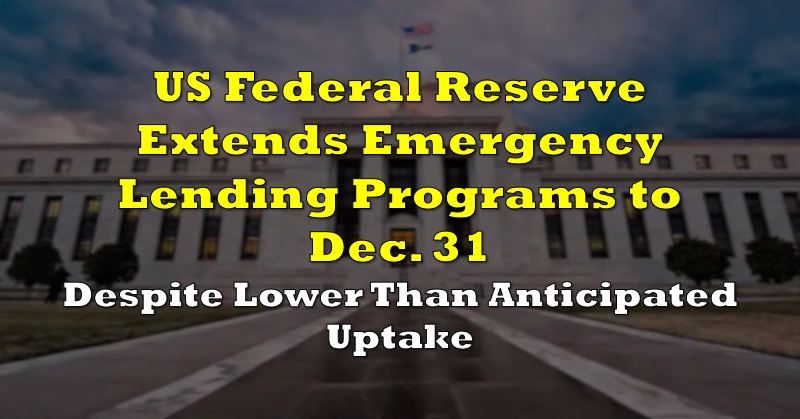As the stock market puked while awaiting the latest results of what was anticipated to be Jerome Powell’s most important FOMC meeting of his career, the Chairman finally signalled that the Fed’s monetary policy, may indeed, need a faster-than-expected pace of tightening.
At a press conference on Wednesday, Powell explained— in what appeared to be a bout of cognitive dissonance— that Fed officials have begun preliminary discussions about potentially reducing the central bank’s bond purchases, particularly after their latest forecasts suggest a two-part interest rate jump may be on the horizon.
Despite surging price pressure signals such as a 5% CPI print, 6.6% producer price inflation, 11.3% import price inflation, 17.4% export price inflation, more than 15 million Americans on unemployment benefits, over 9 million job vacancies, historically-low homebuyer sentiment, and surging stock markets, the Fed still unanimously decided to keep the target rate unchanged at 0.25% and asset purchases at a steady $120 billion per month.
The Fed did however, raise its inflation forecasts through to the end of 2023. Officials are now expecting prices to increase 3.4% this year compared to a previous March projection of 2.4%. For 2022, the forecast jumped from 2% to 2.1%, meanwhile the estimate for 2023 was raised from 2.1% to 2.2%.
What came as the biggest surprise and likely the most important out of the FOMC meeting, were the interest rate forecasts. The infamous “dot plot,” which shows each of the FOMC members’ interest rate expectations as a dot, illustrates the speed and and magnitude of future movements in borrowing costs.

To provide some further insight into the rorschach above, the quarterly projections showed that 13 of the 18 FOMC members were in favour of an interest rate increase by the end of 2023, compared to just seven members in March. Similarly, 11 officials predicted at least two rate spikes in 2023, while seven of them forecast a jump as early as 2022, up from four in March. That being said, the extreme dispersion between the dots for 2023 suggest that the Fed isn’t really all that sure what the economy will look like in two years time, let alone come next year.
However, Jay Powell quickly came to a sweeping rescue, saying that “the dots should be taken with a grain of salt.” So in other words, don’t believe the inflation prints, the dot plot is a lie, and if you are worried about the progress of tapering-off discussions, then “think of this meeting as the talking-about-talking-about meeting, if you like.”
Information for this briefing was found via the Federal Reserve. The author has no securities or affiliations related to this organization. Not a recommendation to buy or sell. Always do additional research and consult a professional before purchasing a security. The author holds no licenses.









